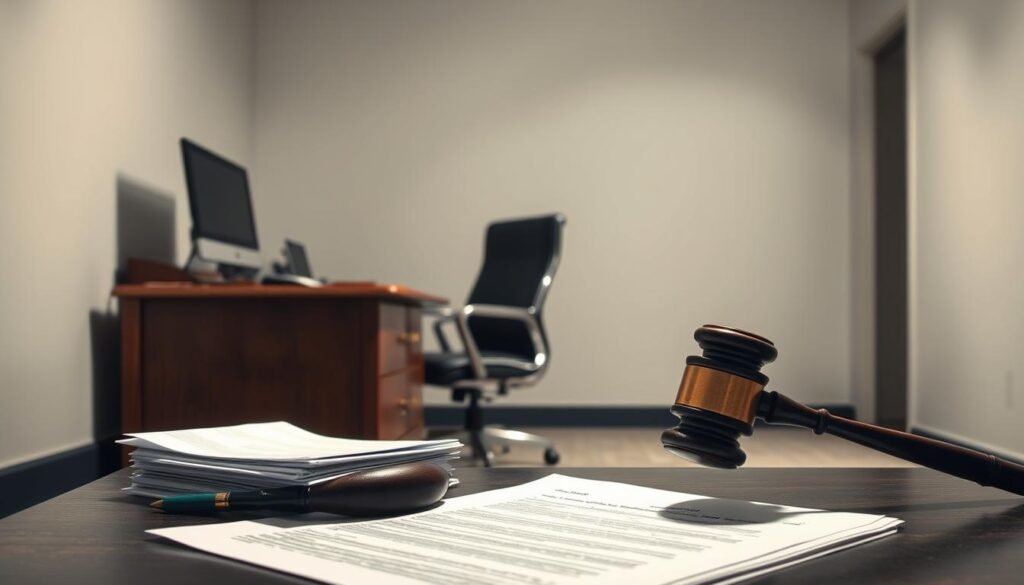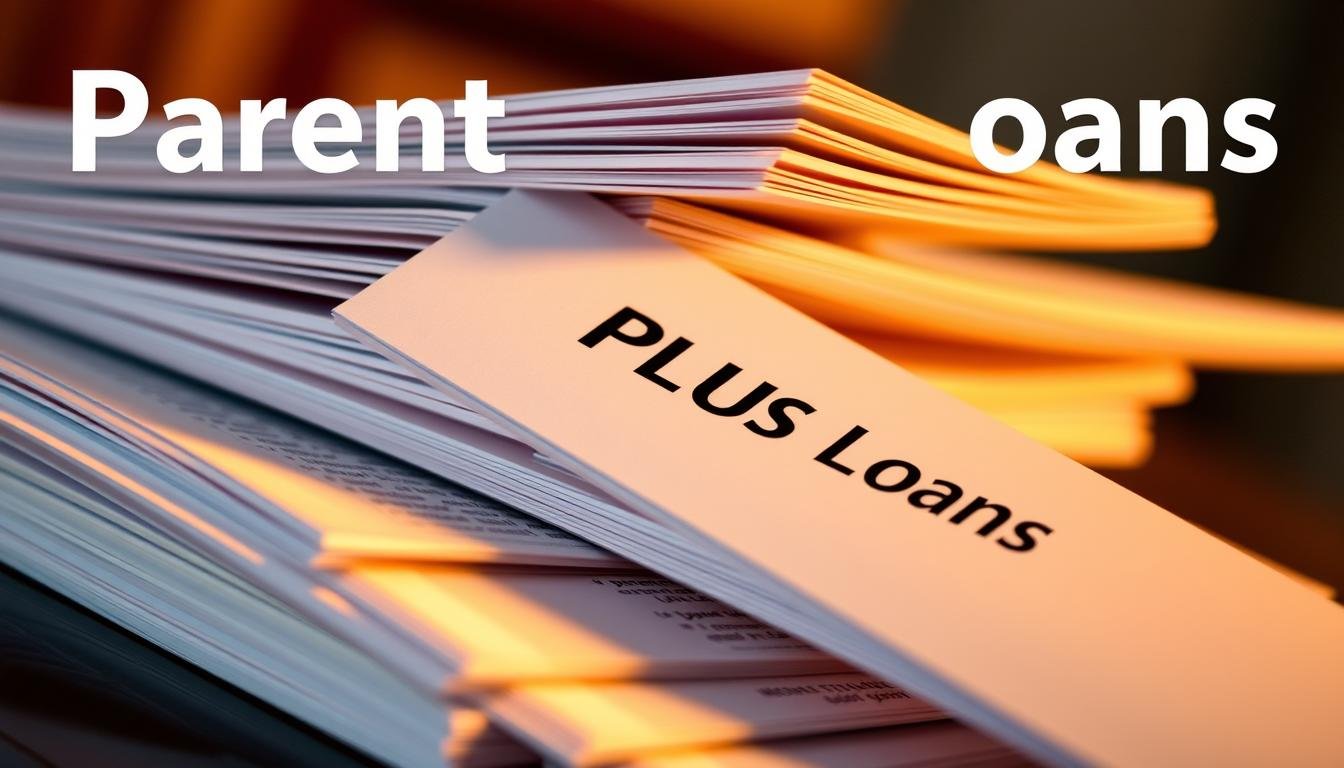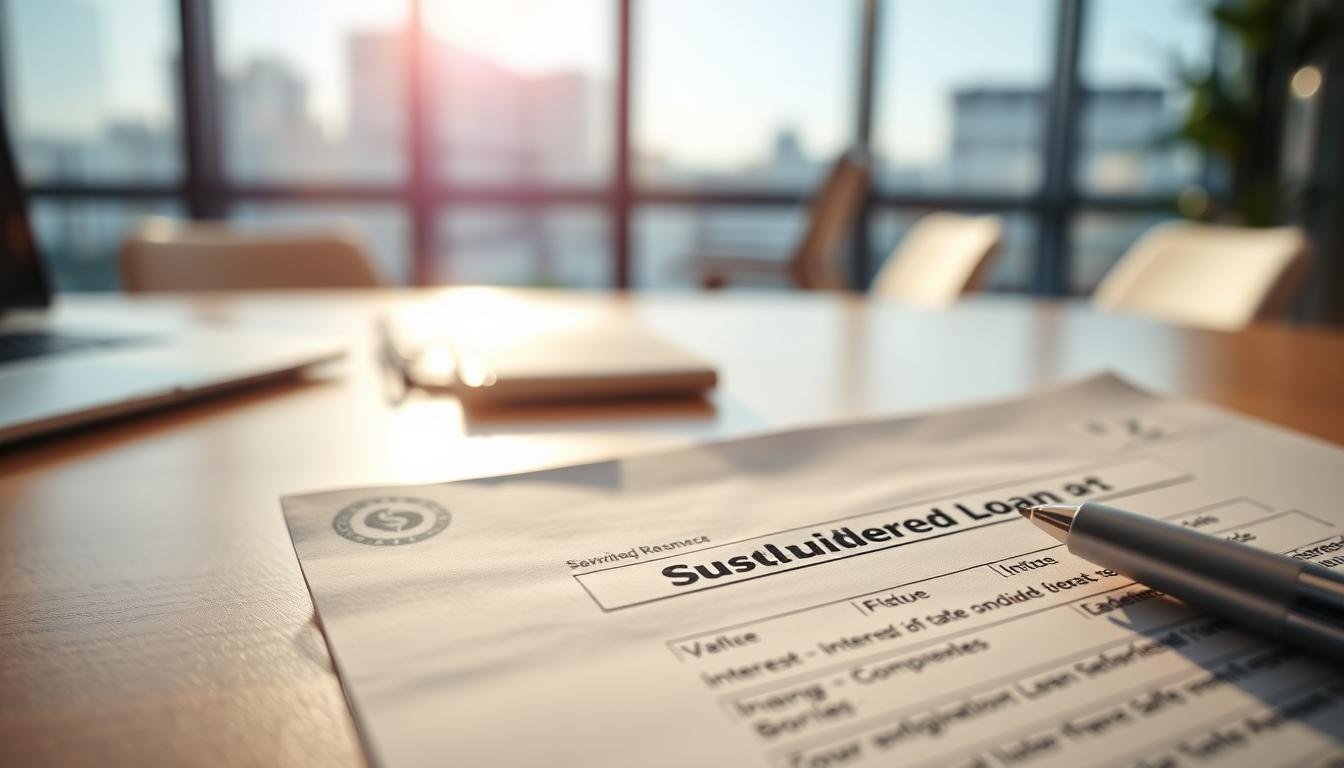Many individuals struggling with debt wonder if they can find relief through bankruptcy proceedings. The notion that certain debts are never dischargeable is a common misconception.
debt through bankruptcy is a complex process, and the outcome depends on various factors, including the type of debt and the individual’s financial situation.
While bankruptcy is often considered a last resort, it can provide significant relief for those facing genuine hardship. Understanding the options available is crucial for individuals struggling with overwhelming debt.
Key Takeaways
- Discharging debt through bankruptcy is a complex process.
- The type of debt and financial situation affect the outcome.
- Bankruptcy can provide relief for those facing genuine hardship.
- Understanding available options is crucial for individuals struggling with debt.
- Bankruptcy is typically considered a last resort.
Understanding Student Loan Bankruptcy Basics
Navigating the complexities of student loan bankruptcy requires a deep understanding of the underlying laws and regulations. When an individual files for bankruptcy, collections and payments on their student loans and other debts are automatically paused until the case is resolved or a judge orders the restart of payments.
However, student loans are not automatically discharged in a standard bankruptcy proceeding. To discharge student loans, one must take additional legal steps within the bankruptcy case, known as an “adversary proceeding.”
Types of Student Loans That Can Be Discharged
Various types of student loans can potentially be discharged in bankruptcy, including federal Direct Loans, Direct Consolidation Loans, and private student loans. The standards for discharge may vary depending on the type of loan.
| Loan Type | Discharge Eligibility |
|---|---|
| Federal Direct Loans | Yes, under certain conditions |
| Direct Consolidation Loans | Yes, under certain conditions |
| Private Student Loans | Yes, but with different standards |
The Bankruptcy Code and Student Loans
The Bankruptcy Code treats student loans differently from other debts, requiring proof of “undue hardship” to discharge them, as stated in Section 523(a)(8). This provision creates a higher bar for discharging student loans compared to other types of debt.
Filing for bankruptcy provides an automatic stay on collections for all debts, including student loans, offering immediate relief from collection activities. Understanding these basics is crucial for navigating the complexities of student loan bankruptcy.
The “Undue Hardship” Standard Explained

To discharge student loans in bankruptcy, borrowers must demonstrate that repaying the loans would cause them undue hardship. This standard is critical in determining whether a borrower can have their student loans discharged. The Department of Justice (DOJ) and the court consider several factors when deciding whether a borrower meets this standard, including their present ability to pay, future ability to pay, and good faith effort to repay the loans.
The Brunner Test Requirements
The Brunner Test is the most commonly used legal standard for determining undue hardship. It has three main requirements:
- The borrower must be unable to maintain a minimal standard of living if forced to repay the loans.
- The borrower’s financial situation is likely to persist for a significant portion of the repayment period.
- The borrower has made good faith efforts to repay the loans.
Courts use these criteria to assess whether a borrower’s circumstances justify discharging their student loans.
How Courts Interpret Undue Hardship
Courts across the United States may interpret the Brunner Test differently, leading to variations in how undue hardship is determined. For instance, some courts may place more emphasis on the borrower’s current financial situation, while others may consider the borrower’s future financial prospects more heavily. Real-world examples illustrate that borrowers with severe medical conditions, low income, or other significant hardships have successfully proven undue hardship. By examining these cases, borrowers can better understand whether their personal circumstances might qualify under the undue hardship standard.
Can Student Loans Be Discharged in Bankruptcy? Recent Changes

Recent updates from the Department of Justice and Department of Education have significantly altered the landscape for discharging student loans through bankruptcy. These changes have streamlined the process for borrowers to prove undue hardship, a crucial factor in determining whether their student loans can be discharged.
Department of Justice and Education Department Guidance
In 2022, the Department of Justice (DOJ) and Department of Education issued joint guidance that has revolutionized the way student loan bankruptcy cases are handled. The new guidelines introduced an attestation form that simplifies the process for borrowers to demonstrate undue hardship. This form allows borrowers to provide detailed information about their financial situation, making it easier for courts to assess their eligibility for loan discharge. The guidance emphasizes a more nuanced approach to evaluating undue hardship, considering factors such as a borrower’s current income, expenses, and future financial prospects.
Success Rates Under New Guidelines
The impact of the new guidance has been significant. As of mid-2024, a remarkable 98% of court decisions under the new process have granted full or partial student loan discharges. This represents a dramatic increase compared to historical success rates, offering new hope to borrowers who may have previously felt that discharging their student loans through bankruptcy was an insurmountable challenge. The streamlined process and clearer guidelines have not only benefited borrowers but have also reduced the litigation burden on courts, making the bankruptcy process more efficient for all parties involved.
Key Takeaways: The recent changes have made it easier for borrowers to discharge their student loans through bankruptcy. With a 98% success rate under the new guidelines, borrowers now have a more viable option for seeking relief from unsustainable student loan debt.
Filing for Bankruptcy: Chapter 7 vs. Chapter 13

When considering bankruptcy, it’s crucial to understand the differences between Chapter 7 and Chapter 13, especially regarding student loan discharge. The type of bankruptcy you file can significantly impact how your student loans are treated.
Chapter 7 Bankruptcy Process
In a Chapter 7 bankruptcy, you are asking a judge to cancel all of your debt, but you must have income below a certain amount to qualify. The process involves filing a petition, undergoing a means test, and potentially having your assets liquidated to pay off creditors. Student loans are not automatically discharged; you must file an adversary proceeding to prove undue hardship.
Chapter 13 Bankruptcy Process
A Chapter 13 bankruptcy allows you to reorganize your debts and create a repayment plan that typically lasts three to five years. There’s no income limit for Chapter 13, but you must make regular payments according to the plan. Student loans can be included in the repayment plan, and partial discharge may be possible after completing the plan.
The choice between Chapter 7 and Chapter 13 bankruptcy affects not only the treatment of your student loans but also the timing and process of filing for discharge. Understanding these differences is key to making an informed decision about which type of bankruptcy is most appropriate for your financial situation.
Step-by-Step Guide to Discharging Student Loans

Discharging student loans through bankruptcy involves several crucial steps that borrowers must understand to navigate the process successfully. This guide will walk you through each step, from determining if your loans qualify for discharge to completing the necessary legal proceedings.
Step 1: Determine if Your Loans Qualify
The first step is to verify if your student loans are eligible for discharge. Borrowers can check their loan types through the National Student Loan Data System (NSLDS). Most federal student loans can be considered for discharge, but the process requires demonstrating undue hardship. Private student loans may also be eligible under certain circumstances.
To qualify, borrowers must have taken out loans for a legitimate educational purpose and be experiencing financial hardship that meets the undue hardship standard.
Step 2: File Your Bankruptcy Case
Once you’ve determined that your loans qualify, the next step is to file a bankruptcy case. Borrowers can choose between Chapter 7 and Chapter 13 bankruptcy, depending on their financial situation and goals. Chapter 7 involves liquidating assets to pay off debts, while Chapter 13 allows for restructuring debt into a manageable repayment plan.
It’s essential to complete the necessary paperwork accurately and thoroughly to avoid delays in the bankruptcy process.
Step 3: Initiate an Adversary Proceeding
After filing for bankruptcy, borrowers must initiate an adversary proceeding by filing a complaint with the court clerk. This separate lawsuit within the bankruptcy case is specifically for determining if the student loans can be discharged based on undue hardship. The complaint must be served to the loan holders and other relevant parties.
Step 4: Complete the Attestation Form
The final step involves completing an attestation form as per the new Department of Justice guidelines. This form is crucial for demonstrating undue hardship. Borrowers must provide detailed financial information and explain their inability to repay the loans.
By following these steps and providing the necessary documentation, borrowers can effectively navigate the process of discharging their student loans through bankruptcy.
Proving Undue Hardship: What You Need to Show
To discharge student loans in bankruptcy, borrowers must prove undue hardship, a challenging but crucial step in the process. The Department of Justice (DOJ) evaluates undue hardship based on three key factors: present ability to pay, future financial prospects, and good faith effort to repay.
Present Ability to Pay
The first factor, present ability to pay, requires borrowers to demonstrate that repaying their student loans would prevent them from maintaining a minimal standard of living. To do this, borrowers must document their current income and necessary expenses. If their expenses equal or exceed their income, the DOJ is likely to determine that they lack the present ability to pay. As stated by the DOJ, “if you’re forced to repay your student loans, will you be able to maintain a minimal standard of living?” Maintaining a minimal standard of living is the benchmark for evaluating a borrower’s present ability to pay.
Future Financial Prospects
The second factor, future financial prospects, involves assessing whether the borrower’s financial hardship is likely to persist. The DOJ considers factors such as age, health conditions, disability status, employment history, and educational background. For instance, borrowers who are nearing retirement age, have a disability, or have a history of unemployment may be considered to have poor future financial prospects. As the DOJ guidance suggests, “you are in retirement, have a disability, have a chronic injury, have a long history of unemployment, don’t have a degree, or have been in extended repayment status” are all factors that can indicate a lack of future ability to pay.
Good Faith Effort to Repay
The final factor, good faith effort to repay, requires borrowers to show that they have made genuine attempts to repay their student loans before filing for bankruptcy. This can include documenting past payments, communicating with loan servicers, and attempting to utilize income-driven repayment plans. Borrowers should provide evidence of their efforts, such as correspondence with loan servicers and payment records. “Have you contacted the Department of Education or your loan servicer regarding payment options for your loan prior to filing for bankruptcy?”
Alternatives to Bankruptcy for Student Loan Relief

Before considering bankruptcy, it’s essential to explore alternative options for managing student loan debt. Federal government programs and other solutions can help make payments more affordable and provide long-term relief.
Income-Driven Repayment Plans
Income-driven repayment plans (IDRs) lower monthly payments based on income and family size. Plans like PAYE, REPAYE, IBR, and ICR can significantly reduce the financial burden. After 20-25 years of qualifying payments, the remaining balance may be forgiven, although forgiven amounts could be taxable.
Loan Forgiveness Programs
Programs like Public Service Loan Forgiveness (PSLF) forgive loans for borrowers working in qualifying public service jobs after 10 years of payments. Other forgiveness options exist for teachers, healthcare workers, and military personnel, providing relief for those in specific professions.
Deferment and Forbearance Options
Deferment or forbearance options allow borrowers to temporarily pause payments during financial hardship. While interest may still accrue, especially with forbearance, these options are best used as short-term fixes.
By exploring these alternatives, borrowers can find a more suitable solution for managing their student loan debt without resorting to bankruptcy.
Conclusion: Is Bankruptcy the Right Option for Your Student Loans?
Evaluating the pros and cons of bankruptcy for student loans is essential before making a decision. Bankruptcy can provide a fresh start for individuals overwhelmed by student loan debt, but it’s crucial to consider the potential impact on your credit score and financial future.
Filing for bankruptcy will initially lower your credit score, and the record will stay on your credit report for up to 10 years. However, many borrowers see their credit score rise to over 700 within two years after their case concludes. If you’re already behind on payments or in default, the initial damage may be less noticeable.
It’s essential to consult with a bankruptcy attorney who specializes in student loan issues to determine the best course of action for your specific situation. They can help you weigh the benefits and drawbacks and make an informed decision about your financial future.






